Home>Furniture>Outdoor Furniture>How To Seal A Concrete Patio
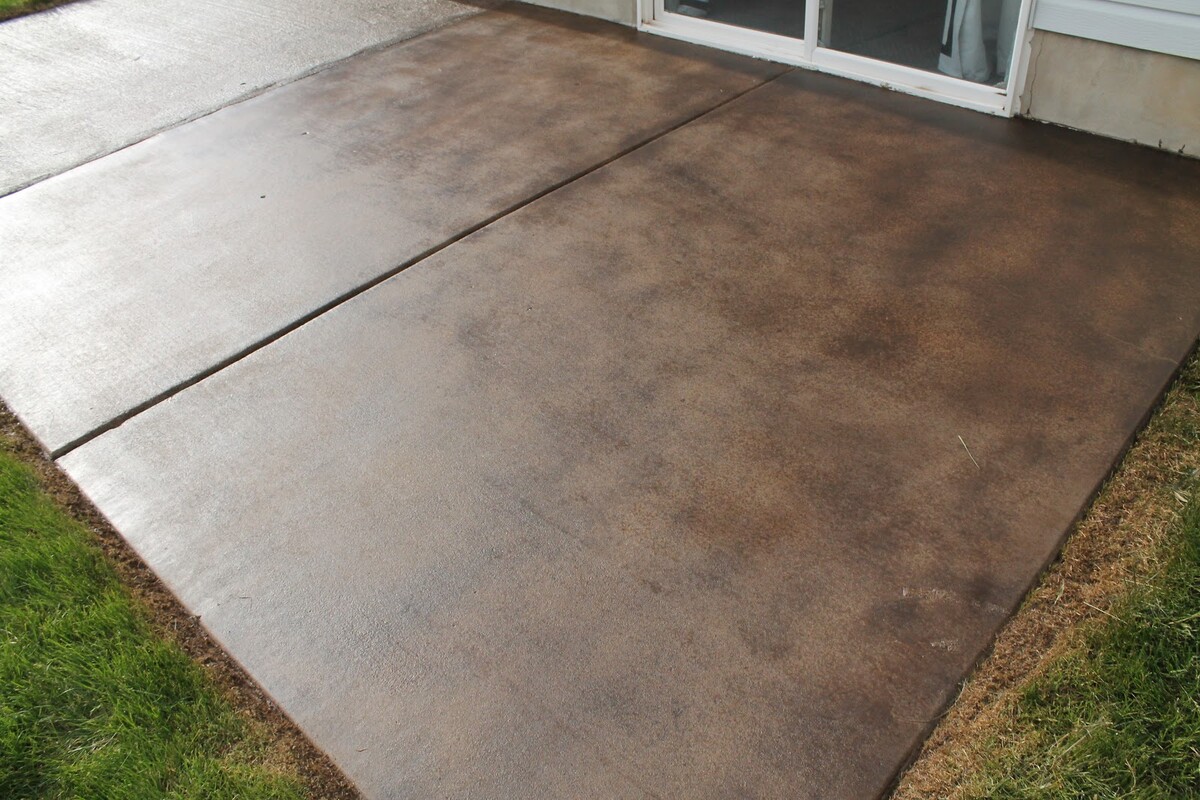

Outdoor Furniture
How To Seal A Concrete Patio
Modified: March 7, 2024
Learn how to seal your concrete patio for long-lasting protection. Enhance your outdoor furniture's durability and resist weathering with these expert tips.
(Many of the links in this article redirect to a specific reviewed product. Your purchase of these products through affiliate links helps to generate commission for Storables.com, at no extra cost. Learn more)
Introduction
Welcome to our comprehensive guide on how to seal a concrete patio! If you have an outdoor space with a concrete patio, you know how important it is to protect and maintain it. Sealing your concrete patio not only enhances its appearance, but it also extends its lifespan by preventing cracks, stains, and other damage caused by weather and regular use.
Sealing a concrete patio may seem like a daunting task, but with the right tools, materials, and knowledge, it can be a straightforward process. In this article, we will walk you through the step-by-step procedure of sealing your concrete patio, from preparing the surface to choosing the right sealer and applying it correctly. We will also provide you with tips on maintenance to ensure your sealed patio stays in optimal condition for years to come.
Before we dive into the details, let’s gather the essential tools and materials you’ll need for this project.
Key Takeaways:
- Protect and enhance your concrete patio by sealing it with the right sealer. Proper preparation, application, and maintenance are key to ensuring long-lasting beauty and durability for your outdoor space.
- Regular cleaning, prompt repairs, and reapplication of sealer as needed are essential for maintaining the integrity and appearance of your sealed concrete patio. With proper care, your outdoor space will remain inviting and functional for years to come.
Read more: When To Seal Stamped Concrete Patio
Tools and Materials
Before you begin the process of sealing your concrete patio, make sure you have the following tools and materials on hand:
- Stiff-bristle broom or brush
- Pressure washer (optional)
- Detergent or concrete cleaner
- Protective eyewear and gloves
- Concrete crack filler (if needed)
- Concrete patching compound (if needed)
- Trowel or putty knife
- Concrete sealer
- Roller or sprayer
- Paint tray or bucket
- Paintbrush (for edges and corners)
- Respirator (for sealer application)
These tools and materials will ensure that you have everything you need to properly clean, repair, and seal your concrete patio.
Preparing the Patio
Before applying the sealer, it’s essential to properly prepare your concrete patio. Follow these steps to ensure a clean and smooth surface:
- Clean the surface: Start by sweeping away any loose debris, such as dirt, leaves, and grass. Use a stiff-bristle broom or brush to scrub the surface and remove any stains or mildew. If your patio has stubborn stains, consider using a pressure washer to deep clean the concrete. Use a detergent or concrete cleaner to treat any tough stains, following the manufacturer’s instructions.
- Inspect for cracks: Carefully examine the patio surface for any cracks or chips. If you find any, use a concrete crack filler to repair them. Follow the product instructions for proper application and drying time. For larger cracks or holes, use a concrete patching compound and a trowel or putty knife to fill and level the area.
- Allow the patio to dry: After cleaning and repairing, allow the patio to dry completely. This may take a few days, depending on the weather conditions in your area. Avoid sealing the concrete when it is still damp, as it may lead to poor adhesion and an uneven finish.
By properly preparing your patio, you ensure that the sealer adheres well to the surface and provides the best possible protection.
Choosing the Right Sealer
When it comes to sealing your concrete patio, selecting the right sealer is crucial for achieving optimal results. There are two main types of concrete sealers to consider: penetrating sealers and film-forming sealers.
Penetrating Sealers: These sealers penetrate the concrete surface, forming a protective barrier without altering its appearance. They are ideal for outdoor applications as they provide excellent protection against moisture, mildew, and freeze-thaw damage. Additionally, penetrating sealers are breathable, allowing moisture vapor to escape, which reduces the risk of cracks and other issues. They are particularly suitable for areas with high humidity or heavy rainfall.
Film-Forming Sealers: These sealers create a visible film on the surface of the concrete, providing both protection and enhancing its appearance. They are available in a variety of finishes, such as glossy, satin, or matte. Film-forming sealers offer excellent resistance to stains, chemicals, and UV damage. However, they may require more frequent reapplication compared to penetrating sealers. Keep in mind that the film-forming sealer can alter the color and texture of the concrete, so it’s important to test it in a small inconspicuous area before applying it to the entire patio.
Consider the specific needs and preferences for your patio when choosing a sealer. If you want a more natural look and prioritize breathability, a penetrating sealer is a good choice. On the other hand, if you prefer added sheen and enhanced aesthetics, a film-forming sealer may be more suitable.
Remember to read the manufacturer’s instructions and product labels carefully to ensure that the sealer is compatible with outdoor use and appropriate for your specific climate and conditions.
Apply a concrete sealer to your patio to protect it from water, stains, and UV damage. Clean the surface thoroughly before applying the sealer for best results.
Applying the Sealer
Once you have chosen the right sealer for your concrete patio, it’s time to apply it. Follow these steps to ensure a successful application:
- Read the instructions: Before starting, carefully read and follow the manufacturer’s instructions for the specific sealer you are using. This will ensure that you apply the sealer correctly and achieve the best results.
- Prepare the sealer: If the sealer needs to be mixed or diluted, do so according to the instructions. Use a paint tray or bucket to pour the sealer and have a brush or roller ready for application.
- Start from the edges: Begin by applying the sealer to the edges and corners of the patio using a paintbrush. This will help ensure that you cover these areas thoroughly and prevent any missed spots.
- Apply the sealer: Use a roller or sprayer to apply the sealer to the rest of the patio. Work in small sections, applying an even coat of sealer. Use long, overlapping strokes to ensure consistent coverage. Avoid applying the sealer too thickly, as it may result in puddles or an uneven finish.
- Work your way out: Start at one end of the patio and gradually work your way towards an exit point. This will prevent you from walking over the freshly applied sealer and potentially ruining the finish.
- Take breaks when needed: Depending on the size of your patio, you may need to take breaks during the application process. Make sure to do so in a logical and inconspicuous spot to avoid visible lines or inconsistencies in the final result.
Remember to apply the sealer during favorable weather conditions, such as a dry and non-windy day. This will allow the sealer to cure properly and provide the best protection for your patio.
Read more: How Often Should You Seal A Concrete Patio
Allowing the Sealer to Dry
After applying the sealer to your concrete patio, it is crucial to allow it to dry properly before using the space. This will ensure that the sealer fully cures and provides the intended protection. Follow these guidelines for drying the sealer:
- Check the manufacturer’s instructions: The drying time of the sealer will vary depending on the type and brand you used. Refer to the manufacturer’s instructions for the recommended drying time.
- Avoid foot traffic: Keep foot traffic off the sealed patio during the drying period. This will prevent any marks or indentations on the surface and allow the sealer to cure undisturbed. Consider placing signs or barriers to inform others about the drying patio.
- Protect the area from water: Avoid exposing the sealed patio to water or any form of moisture during the drying period. This includes rain, sprinklers, or any activities that involve water. Protect the area by covering it or redirecting water away from it.
- Allow ample drying time: Be patient and give the sealer enough time to dry completely. This may range from a few hours to several days, depending on the sealer and weather conditions. The curing process may take longer in high humidity or low-temperature environments.
- Perform a water test (optional): If you want to ensure that the sealer has fully cured, you can perform a water test. Sprinkle a few drops of water onto the surface and observe how it beads or absorbs. If the water beads up and does not penetrate the surface, it indicates that the sealer has properly cured.
By allowing the sealer sufficient drying time, you will maximize its effectiveness and ensure long-lasting protection for your concrete patio.
Tips for Maintaining the Sealed Patio
To keep your sealed concrete patio in optimal condition and extend its lifespan, it’s important to follow these maintenance tips:
- Regular cleaning: Sweep or use a leaf blower to remove dirt, leaves, and debris from the surface of your patio. This prevents them from accumulating and potentially staining the sealer. Periodically wash the patio with a mild detergent and water to remove any grime or stains.
- Avoid harsh chemicals: When cleaning your sealed patio, avoid using harsh chemicals or abrasive cleaners as they can damage the sealer. Stick to mild detergents or concrete cleaners recommended for outdoor use.
- Minimize exposure to sharp objects: Try to avoid dragging or sliding heavy furniture or sharp objects across the patio surface. These can scratch or damage the sealer. Use furniture pads or mats under heavy items to distribute the weight and protect the patio.
- Repair cracks or damage promptly: Inspect your patio regularly for any signs of cracks or damage. If you notice any, reseal the affected areas as soon as possible to prevent further deterioration. Use a concrete crack filler or patching compound, following the manufacturer’s instructions.
- Reapply sealer as needed: Over time, the protective coating of the sealer may wear off due to weather exposure and regular use. Monitor the condition of your patio and look for signs that the sealer is no longer performing effectively. If water is no longer beading up on the surface, it may be time to reapply the sealer. Follow the manufacturer’s instructions for the recommended frequency of resealing.
- Protect from intense heat: If you live in an area with high temperatures, consider using patio umbrellas or installing shades to protect your sealed patio from direct sunlight. Intense heat can cause the sealer to degrade over time.
- Be cautious with de-icing products: If you live in a cold climate and use de-icing products during winter, be cautious as some chemicals can erode the sealer. Look for de-icers specifically formulated for use on concrete surfaces or use alternative methods, such as sand or kitty litter.
By following these maintenance tips, you can preserve the appearance and integrity of your sealed concrete patio for years to come.
Conclusion
Sealing your concrete patio is a vital step in protecting and maintaining its beauty and durability. By following the proper steps and guidelines, you can achieve long-lasting results and enhance the longevity of your outdoor space.
In this comprehensive guide, we have covered everything you need to know about sealing a concrete patio, from preparing the surface to choosing the right sealer, applying it correctly, and allowing it to dry. We have also provided valuable tips on maintaining the sealed patio to ensure its continued protection and aesthetics.
Remember, proper preparation, including cleaning and repairing the patio, is essential before applying the sealer. Selecting the right type of sealer, whether it’s a penetrating sealer or a film-forming sealer, is crucial in achieving the desired results. Applying the sealer evenly and allowing it to dry undisturbed is important for a successful outcome.
Additionally, by regularly cleaning your sealed patio, avoiding harsh chemicals, addressing cracks or damage promptly, and reapplying the sealer as needed, you can ensure its long-term durability and attractiveness.
Take the time to properly maintain and care for your sealed patio, and it will reward you with an inviting and functional outdoor space for many years to come.
Now that you have the knowledge and guidance, take the necessary steps to seal your concrete patio and enjoy its benefits for a lifetime.
Frequently Asked Questions about How To Seal A Concrete Patio
Was this page helpful?
At Storables.com, we guarantee accurate and reliable information. Our content, validated by Expert Board Contributors, is crafted following stringent Editorial Policies. We're committed to providing you with well-researched, expert-backed insights for all your informational needs.
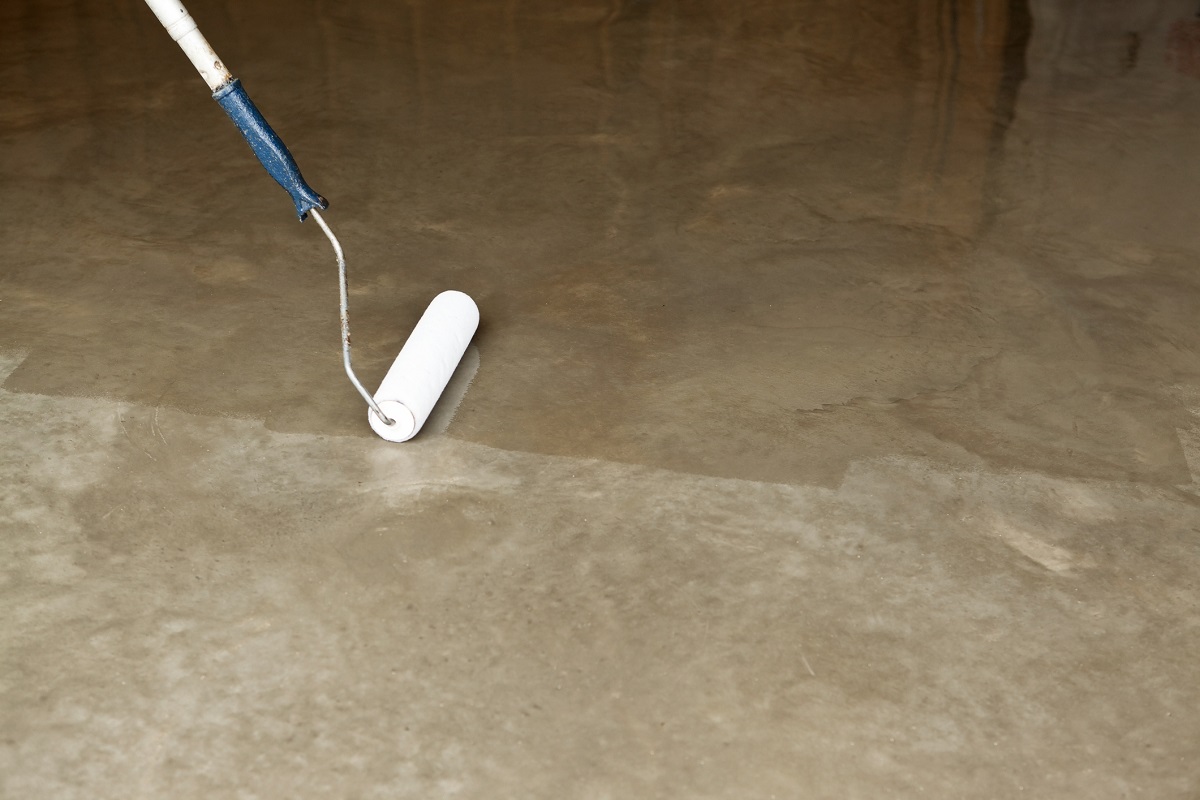
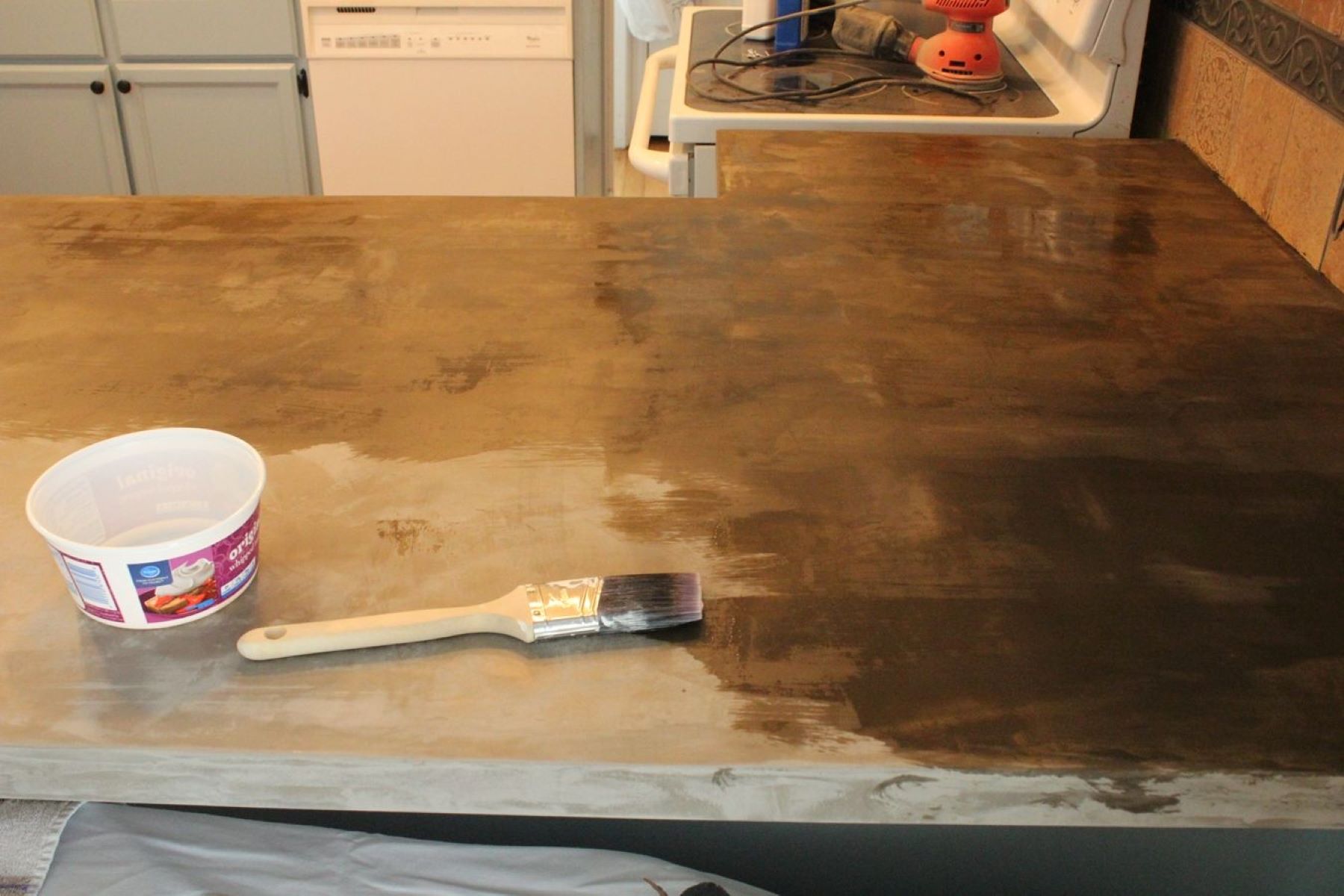
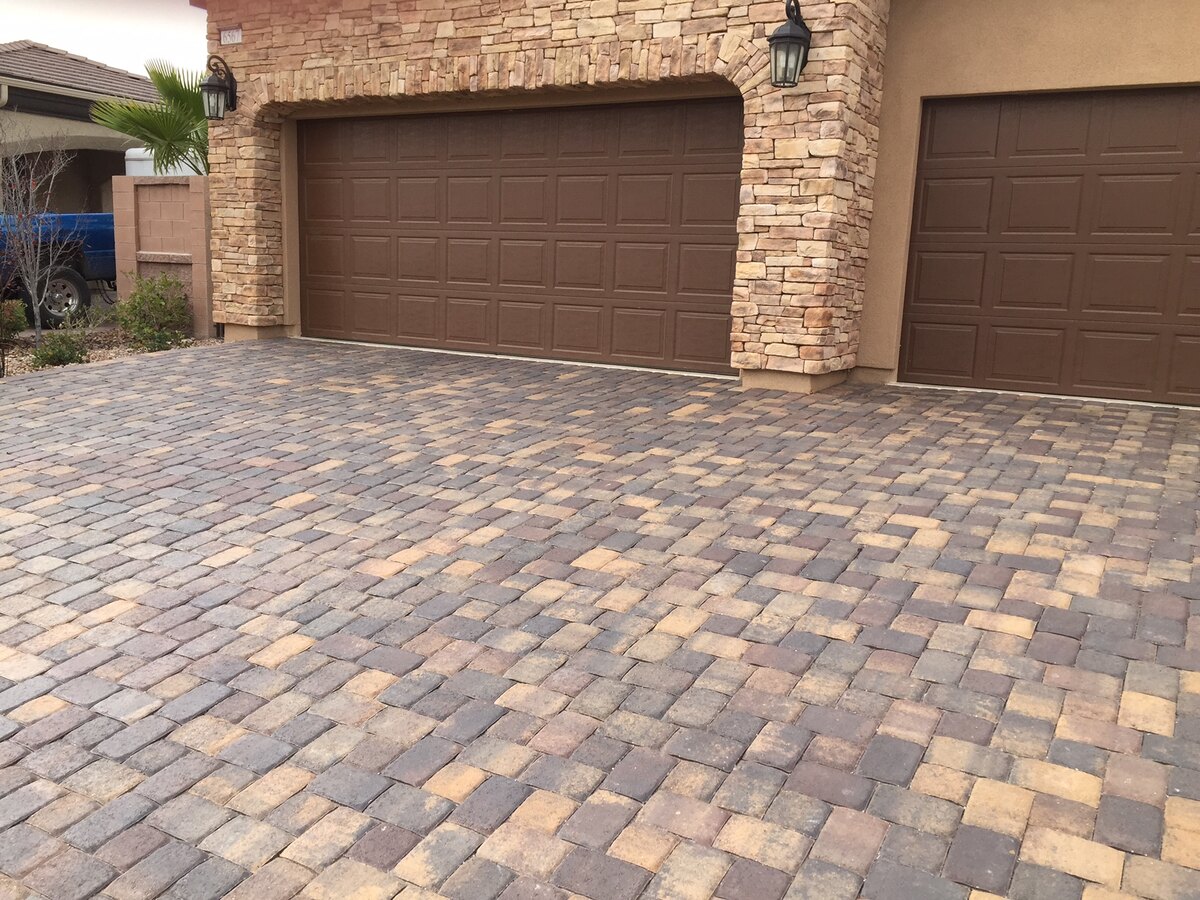
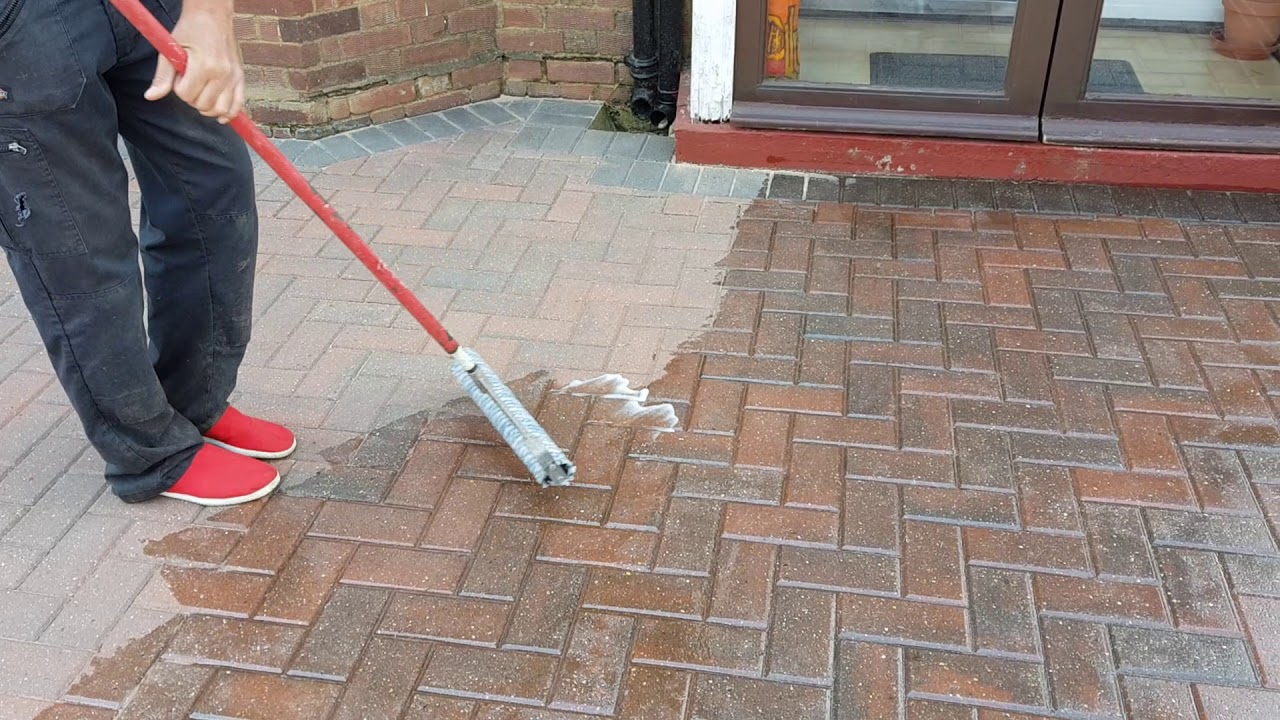
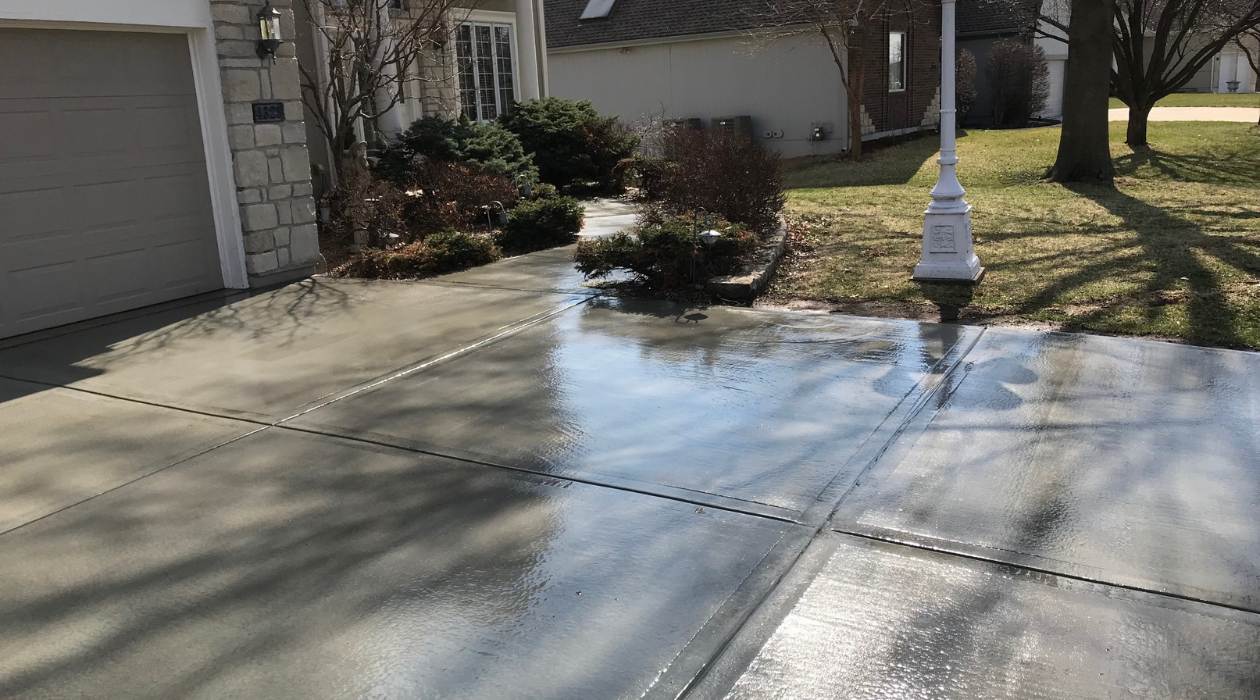
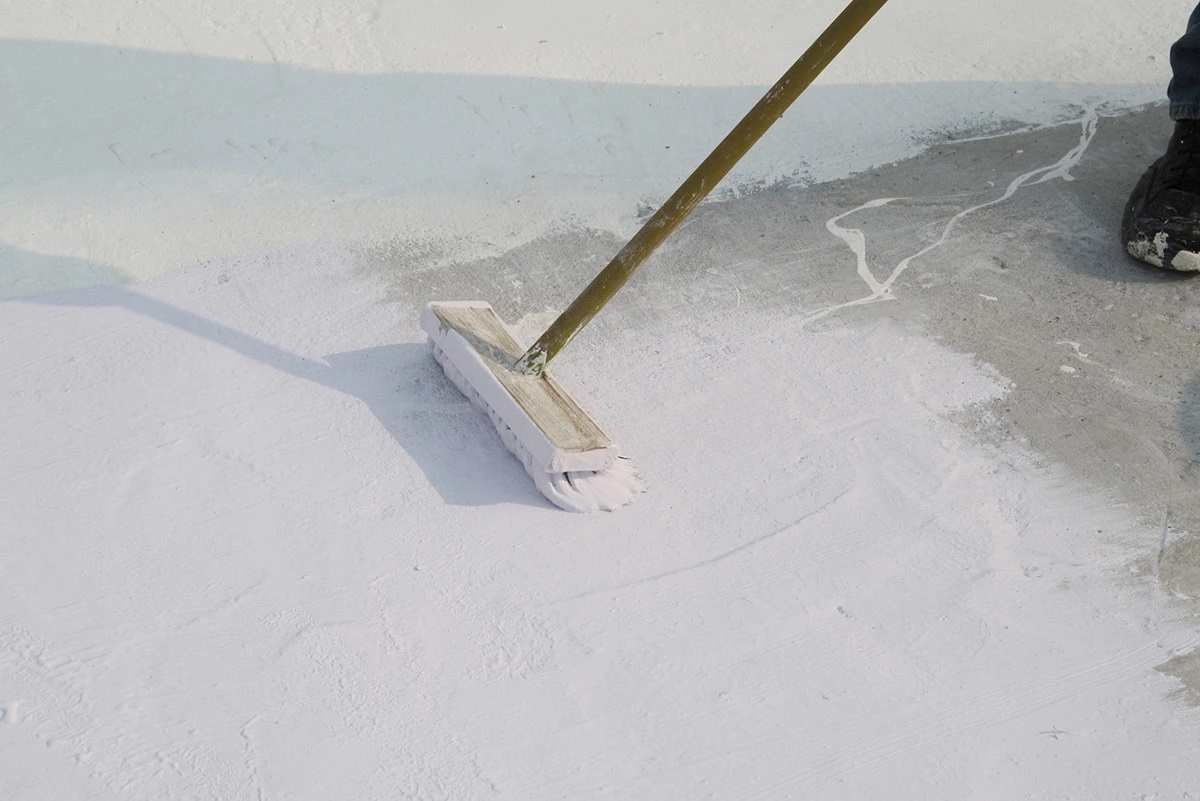
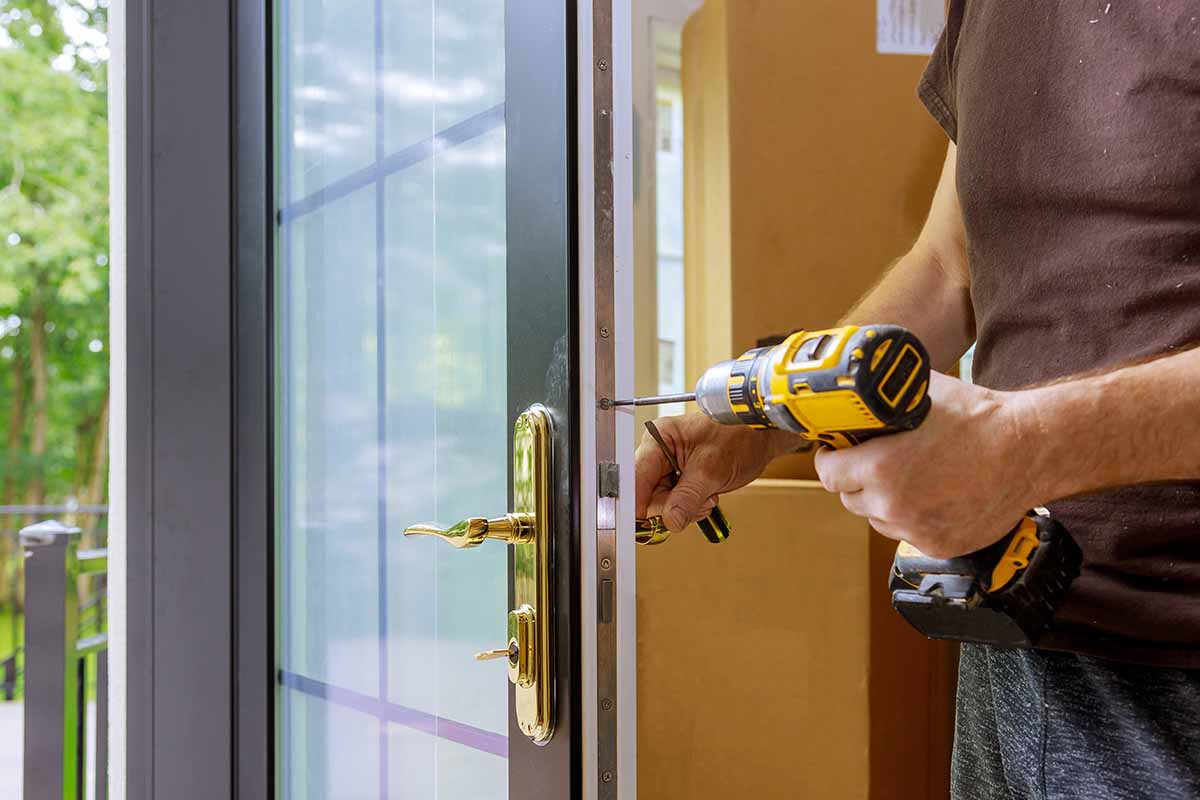
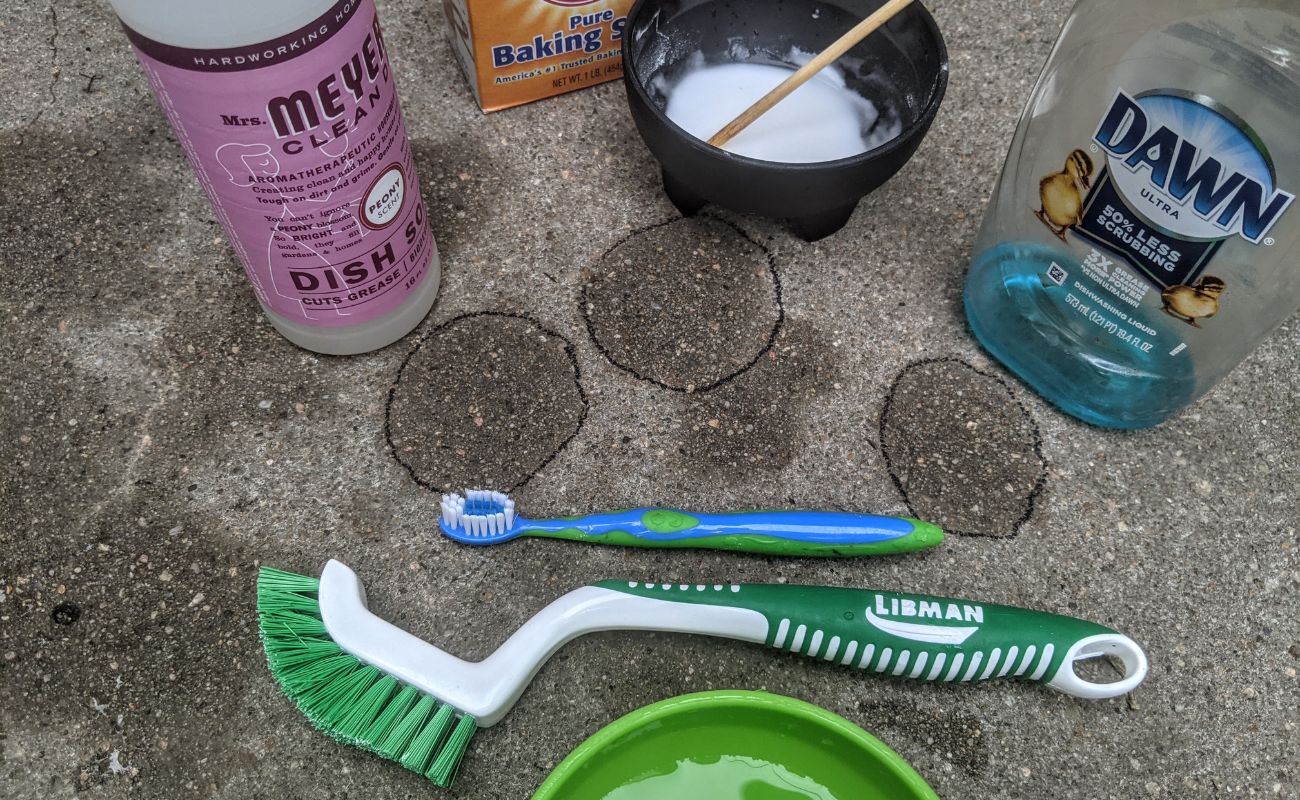
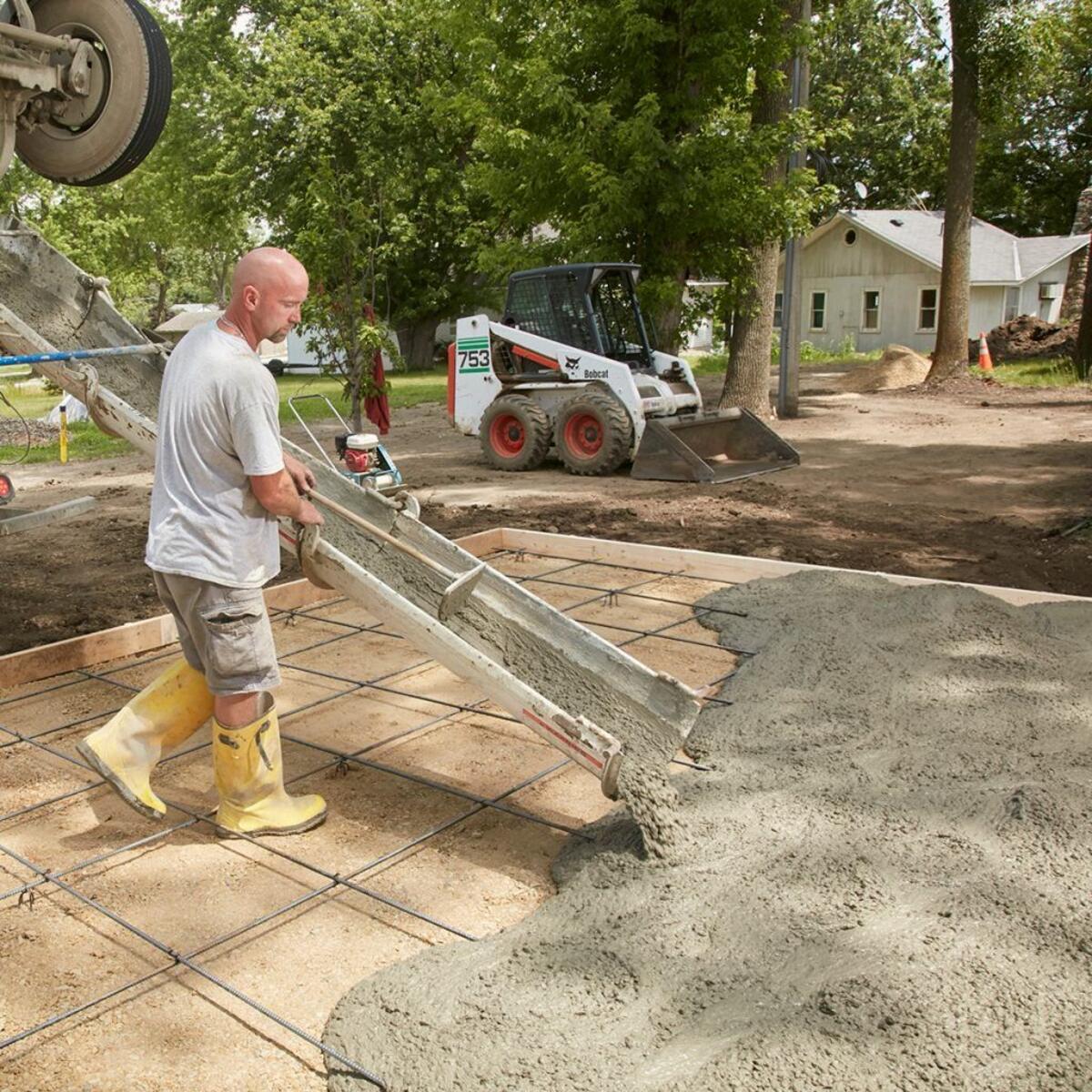
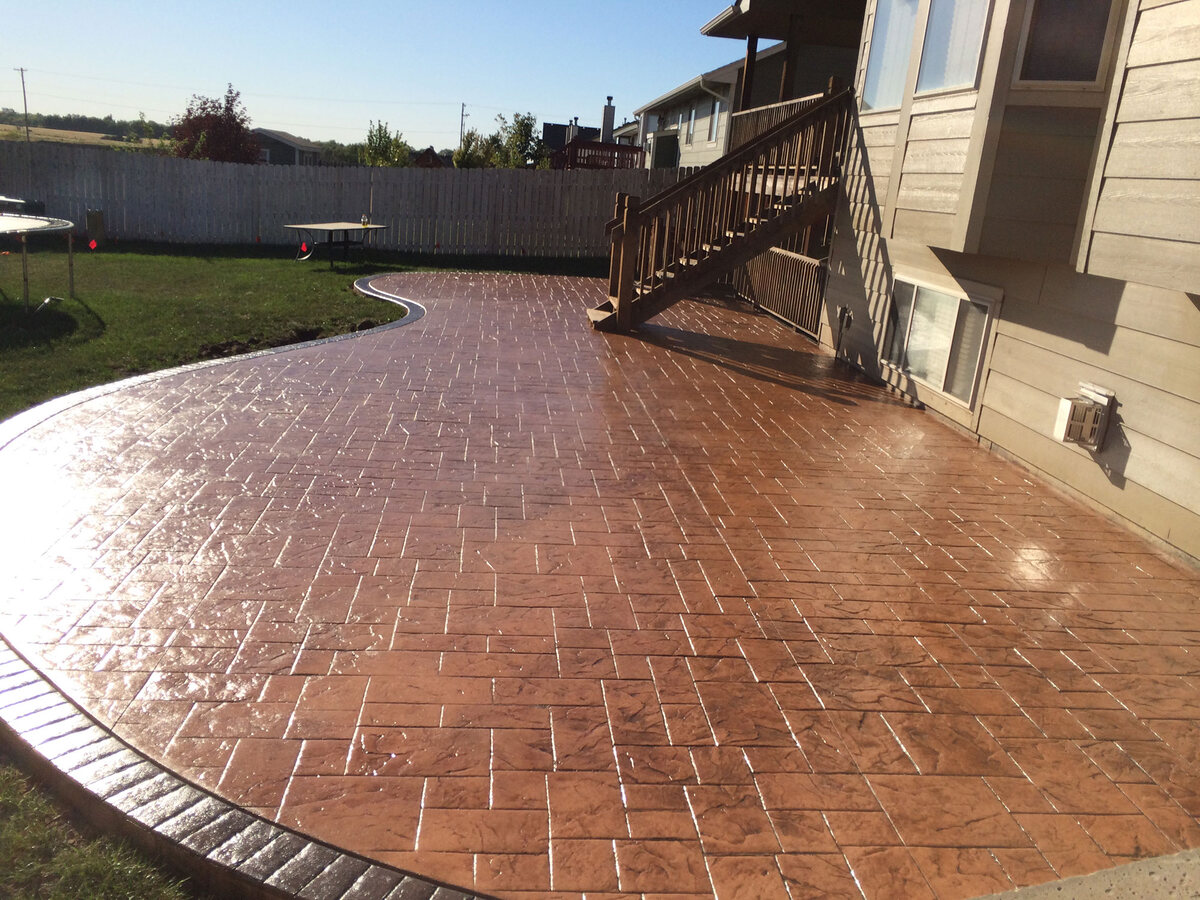
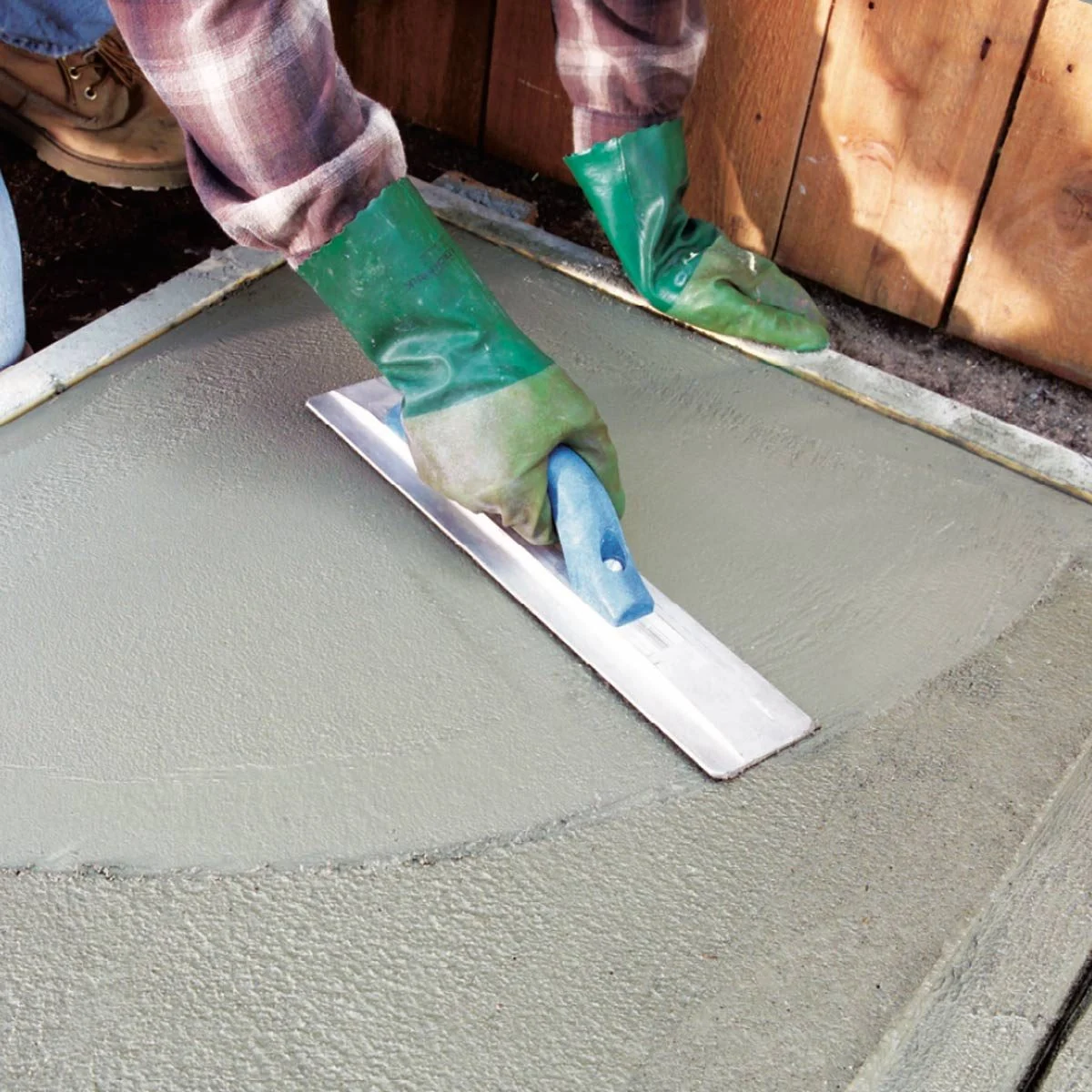
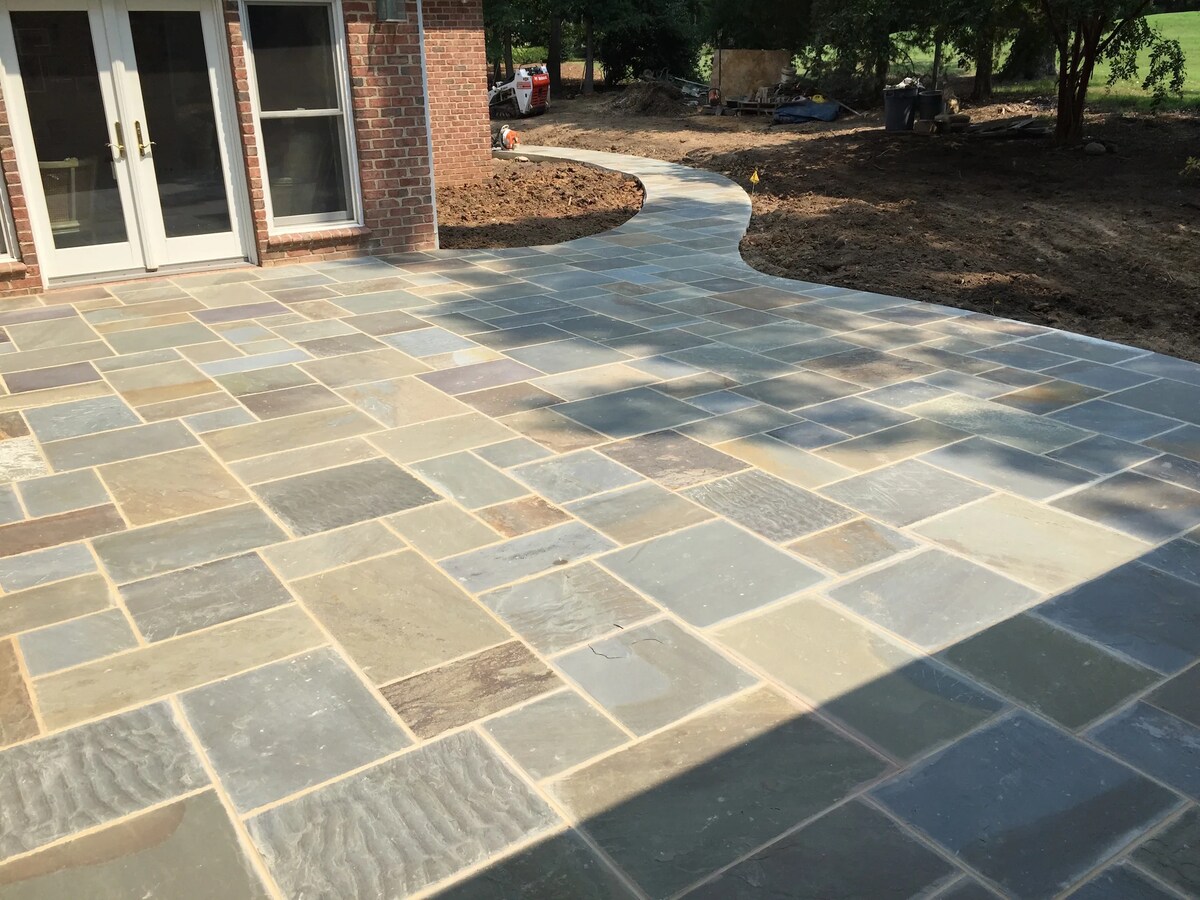
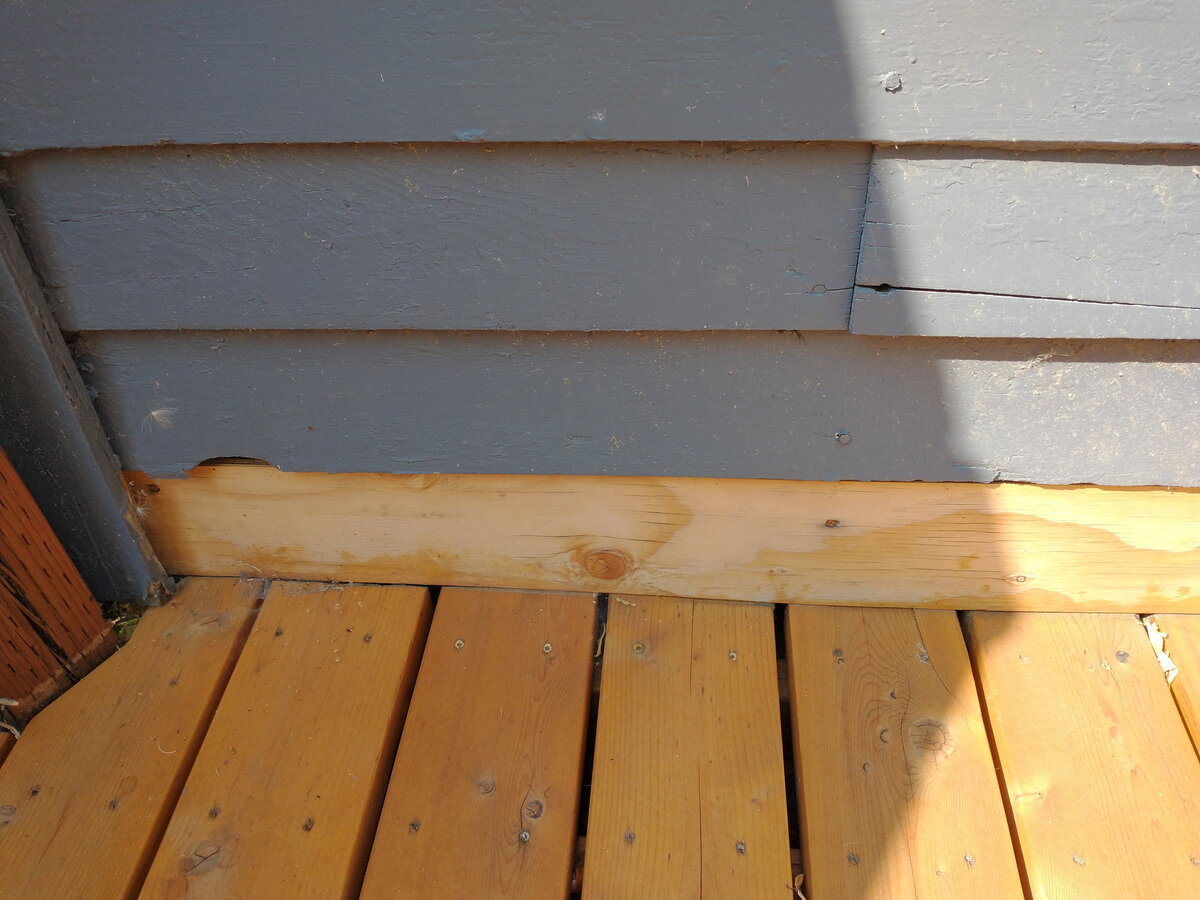
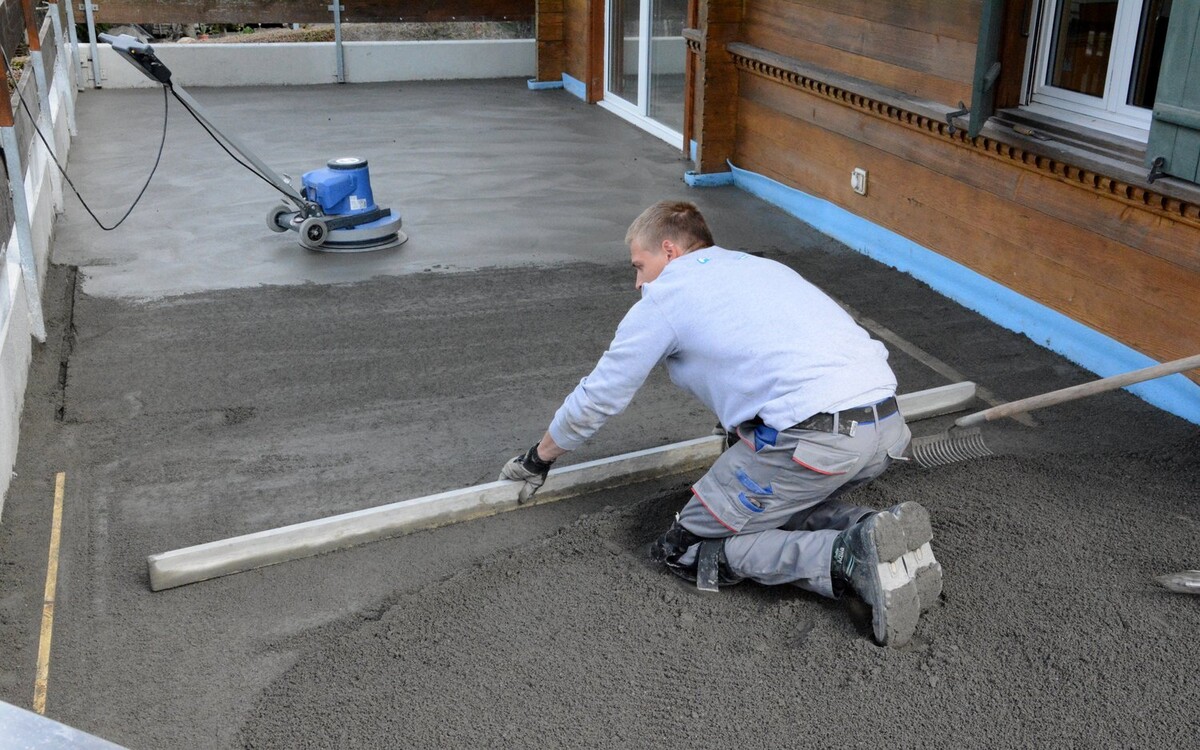

0 thoughts on “How To Seal A Concrete Patio”